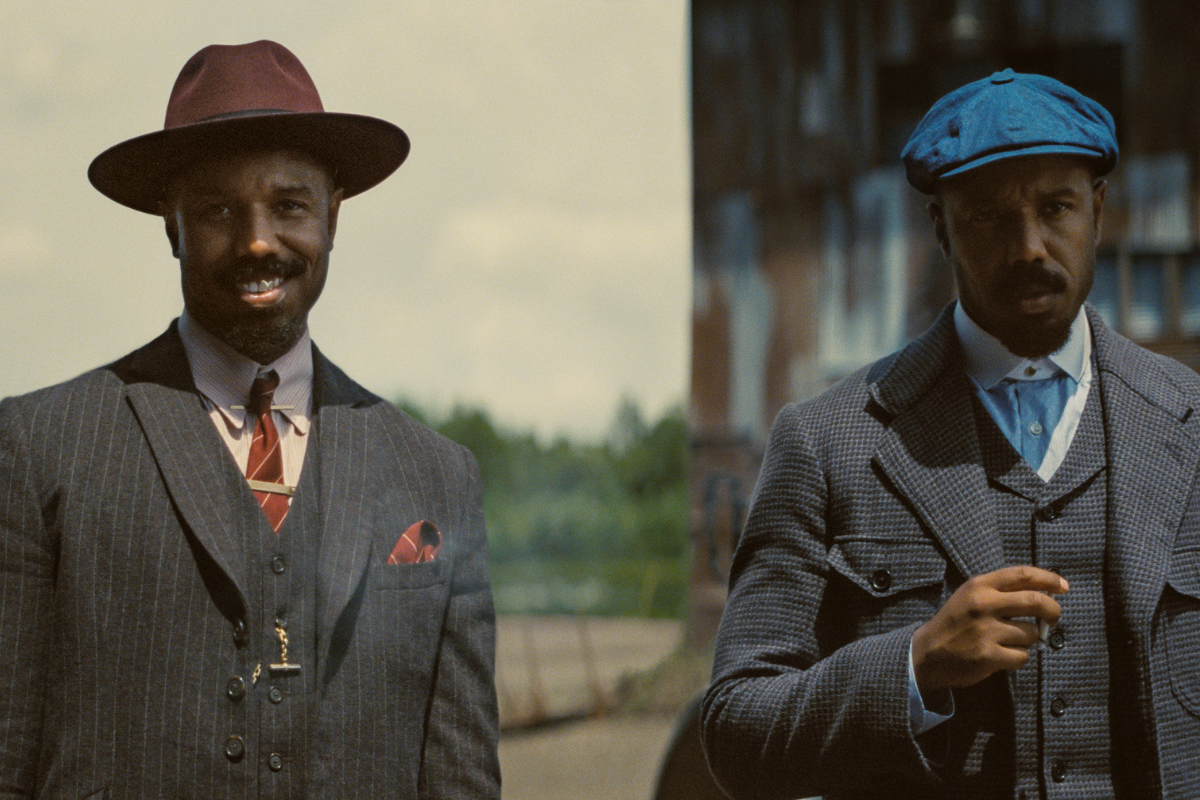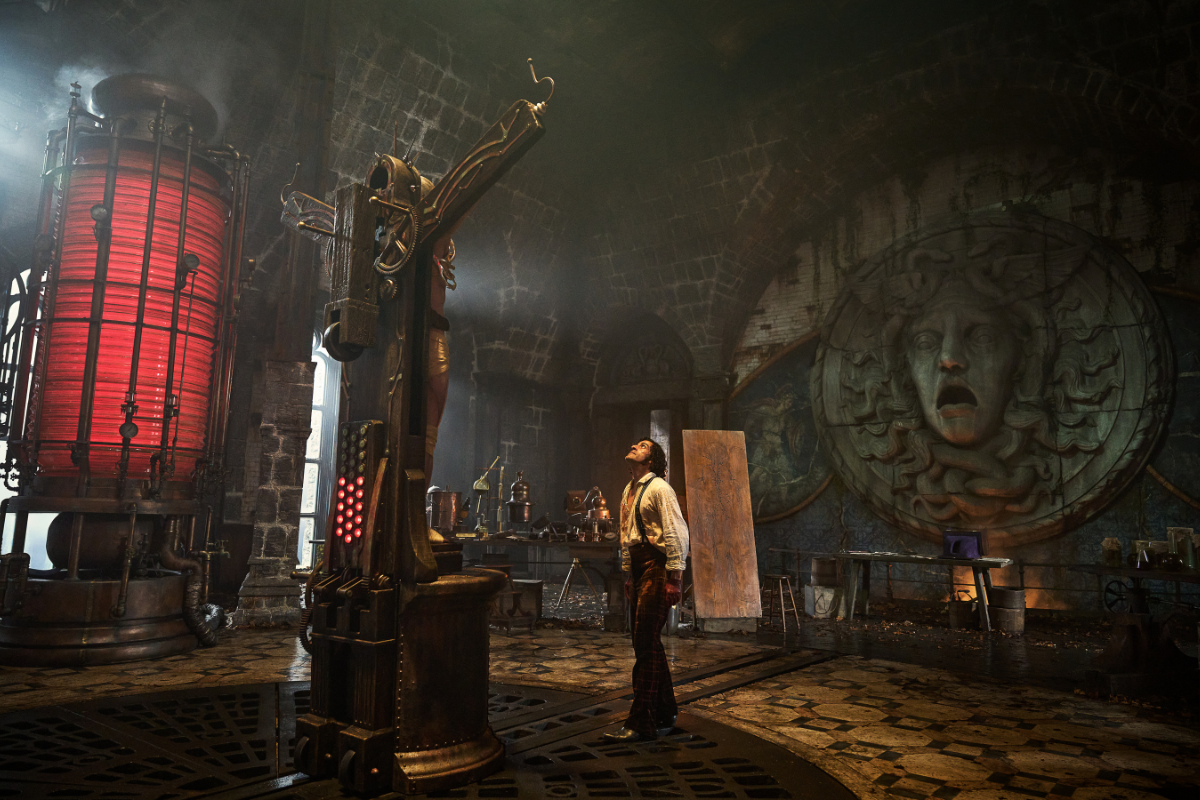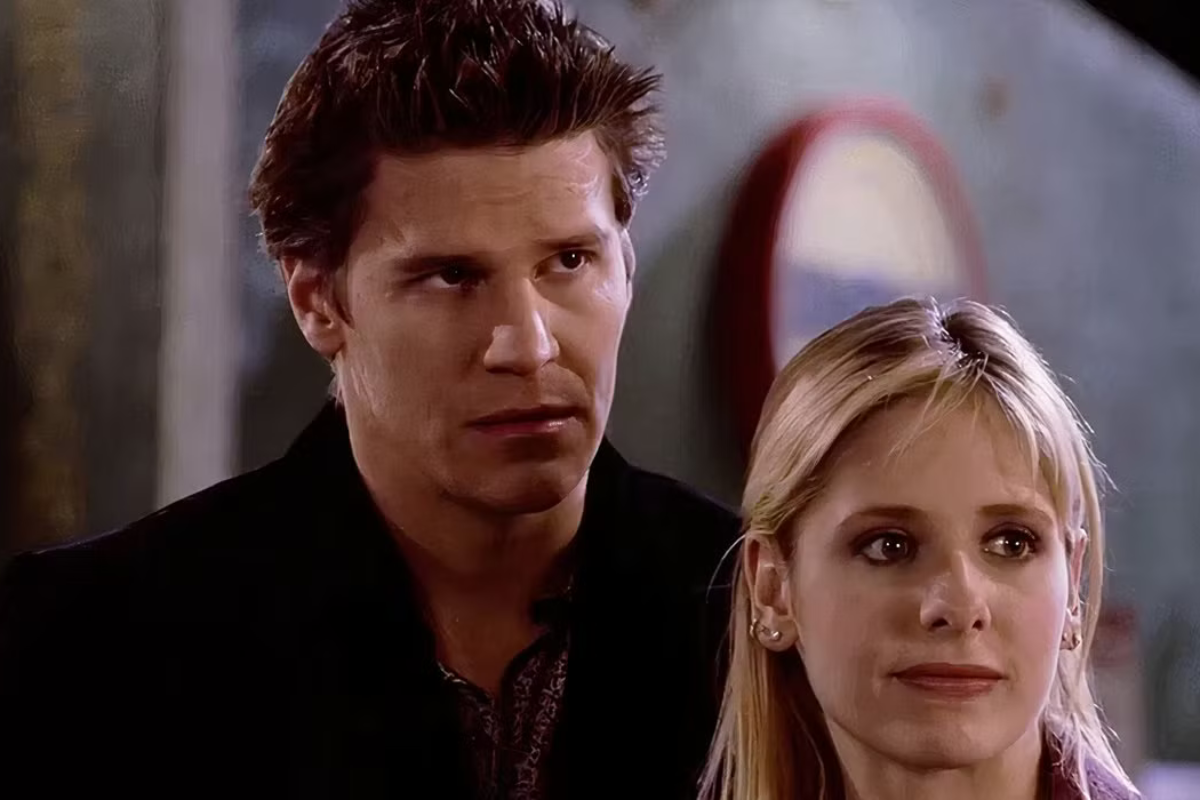MEET THE READER: What Do You Expect?
While audiences like to be surprised, they also have very definite preconceptions of a movie. Ray Morton gives tips for balancing audience expectations.
Audiences like to be surprised, but viewers also come to a movie with very definite preconceptions. Ray Morton gives tips for balancing audience expectations.
Ray Morton is a writer, senior contributor to Script magazine and script consultant. His many books, including A Quick Guide to Screenwriting, are available online and in bookstores. Follow Ray on Twitter: @RayMorton1. Read Ray's full bio.
This is a pretty common sentiment among screenwriters. As a general rule, scripters don’t want to be predictable or formulaic – they prefer to surprise audiences by giving viewers something they can’t see coming. This is understandable. Writers are creative people and creative people like to break new ground rather than trod well-traveled paths.
However, expectations are tricky things. Audiences do like to be surprised – they don’t want to watch stories that are totally predictable any more than writers want to pen them. However, viewers also come to a movie with certain very definite preconceptions. These preconceptions come from three main places – from the genre, from the overall subject matter, and from the specific premise of the piece. The audience expects those preconceptions to be addressed in some form or another. If they are not, viewers will be disappointed and that disappointment will cause them to turn off to the film and perhaps even to reject it outright.
Let’s start with genre: every genre has certain specific narrative elements and conventions that must be included in a story for it to be considered of that genre. The incorporation into and unfolding of those narrative elements and conventions in the course of the story are – as the great director James Whale once described them – “part of the ritual.” An audience seeing a genre picture wants to see those narrative elements and conventions enacted in some manner – it’s a large part of the fun of seeing a genre piece. If any of those narrative elements and conventions are left out, then viewers will feel like they are missing something.
As an example, the narrative of 2013’s mumblecore picture Drinking Buddies follows a classic romantic comedy genre paradigm: a man who works at a craft brewery is extremely attracted to a female co-worker but, because both are involved with other people, he never declares himself to her. However, after the co-worker’s boyfriend dumps her and she begins dating again, the man – despite the fact that he is moving closer and closer to marriage with a woman who is clearly not right for him – becomes jealous. This leads to an escalating series of complications. As the story comes to a head, we expect that – in accordance with time-honored romcom tradition – the man will dump his fiancé (who – we discover – has been fooling around with the co-worker’s ex) and declare his love for the co-worker, after which the two of them will finally get together.
However, this is not what happens. Instead, the man stays with his fiancé, never declares his love for his co-worker, and the two of them just go on being friends. This is certainly an unexpected ending for a romantic comedy. In an interview at the time of the film’s release, its writer/director Joe Swanberg said he didn’t want the two leads to get together at the end because for them to do so would have been too pat and predictable. While I certainly respect Swanberg’s desire to do something original, the problem is that it led him to create a romcom in which the two lovers don’t unite and, as it turns out, a romantic comedy in which the two leads don’t get together isn’t very satisfying. Just the opposite, in fact – after ninety minutes of foreplay, the lack of consummation is incredibly frustrating and disappointing. The entire ritual has been for naught. As a result, Drinking Buddies –- for all of its considerable virtues (and it certainly has many) – ends up being a disappointing “meh.”
Next comes subject matter. The core material of 2017’s Dunkirk is the famous evacuation of British and French soldiers from the beaches and harbor of the port city of Dunkirk on France’s northern coast in the early days of World War II. There were many fascinating aspects to the Dunkirk story, but the most famous is the civilian flotilla of over eight hundred small boats that sailed across the English Channel from Dover to rescue the stranded soldiers. Anyone seeing a movie about Dunkirk will expect the film will deal with that flotilla in a significant manner. Writer/director Christopher Nolan presented many interesting notions in his narrative, but for some reason he gave extremely short shrift to the flotilla – reducing the most recognizable and anticipated piece of the event’s history to a subplot that focused on a single civilian craft (and then focused that small piece of the narrative on some fictional business involving a rescued sailor with PTSD rather than the perilous voyage itself) and a quick montage near the end of the movie in which we see a few small boats putter into frame. Perhaps Nolan did this because felt centering his film on the flotilla would have been an obvious thing to do, but by not focusing on it, he left a large number of viewers scratching their heads. Dunkirk is an admirable film in many respects, but because if fails to tell the primary story the subject matter promised it would tell, audiences can’t help but feel disappointed.
Finally: premise. Back in 1994, the premise of Star Trek: Generations promised to show audiences the first meeting between Captain James T. Kirk of the original Star Trek television and movie series and Captain Jean-Luc Picard of the Star Trek: The Next Generation TV show. This was an encounter fans (and general audiences) had long been anticipating. In the run-up to the film’s release, expectations ran in two different directions – some folks hoped to see Kirk and Picard team up and fly their respective starships into battle together against some formidable cosmic antagonist and others wanted to see the two captains square off against one another – firing phasers and photon torpedoes from one bridge to another in a mighty conflict of titans. Screenwriters Brannon Braga and Ronald D. Moore knew audiences were expecting one of these scenarios play out on screen. Not wanting to do what was expected, the duo decided to surprise the audiences by showing Kirk and Picard engaging in an activity absolutely no one would ever anticipate – making breakfast. That’s right – the authors’ way of turning viewers’ anticipation on its head was to have these two titans of outer space adventure, who had battled all manner of exotic aliens and overcame tremendous odds from one end of the galaxy to the other at the helms of two of the most advanced spacecraft ever devised, meet in a cabin in the woods while Captain Kirk was whipping up some eggs for his girlfriend. Later they went horseback riding. And when they finally did team up to fight a bad guy, they did not journey via the Enterprises into the farthest reaches of the universe to wage epic battle against the most formidable villain in the cosmos, but instead travelled on foot to the desert, where they had a fistfight with a grief-stricken scientist, who then shot Kirk in the back. Braga and Moore certainly defied expectations all right. The result was one of the most disappointing team-ups in TV and cinema history and proof that sometimes you really should just give people exactly what they are expecting.
When working in the popular arts, it is vital to keep audience expectations in mind because satisfying those expectations is the key to success (both creative and financial). That doesn’t mean you have to be predictable or formulaic, but rather than being original by confounding or ignoring expectations, instead be original in the way you address those expectation – give the audience what they expect, but give it to them in unexpected ways.
- Casablanca resolves its love triangle by having Ingrid Bergman’s character choose the lover we have been rooting for her to choose for the entire length of the film – Humphrey Bogart’s Rick Blaine – and then by having him surprise her (and us) by sending her off with the other lover for the noblest of reasons (and completing his character arc in the process).
- The Godfather follows every beat of both the underestimated-man-who-achieves-greatness drama and the reformation (a bad man becomes good) drama, but turns both concepts on their heads by having the underestimated man achieve greatness by becoming a villain and by having the arc of redemption be going from good-to -bad rather than the other way around.
- Batman Begins addresses every expected trope of a superhero origin story, but surprises us by eschewing the usual fantastic approach and employing a hyper-realistic one instead.
- The Avengers also address all the expected superhero tropes. Its narrative succeeds because it tells its anticipated tale with clever characterizations, a large amount of context-appropriate humor, and a surprise helping of genuine heart.
And of course, many successful (both creatively and financial) films work not because they utilize surprise twists or unusual treatments, but because they simply tell their tales with well-conceived and constructed plots, strong characters and dialogue, and clever and committed execution. In other words, when writing good movies, it’s not so much what you do as how you do it.
An audience will give you no points for failing to meet expectations. But if you meet them in creative and satisfying ways, viewers will embrace you and your film.
THE (Actual) END
Copyright © 2017 by Ray Morton
All Rights Reserved
No portion of this article may be copied, reprinted,
or reposted without the permission of the author
However, feel free to link to this piece to your heart’s content
Register for Taking Your Screenplay Idea to a First Draft Webinar!
REGISTER NOW!
Ray Morton is a writer and script consultant. His many books, including A Quick Guide to Screenwriting, are available online and in bookstores. Morton analyzes screenplays for production companies, producers, and individual writers. He can be reached at ray@raymorton.com. Twitter: RayMorton1







